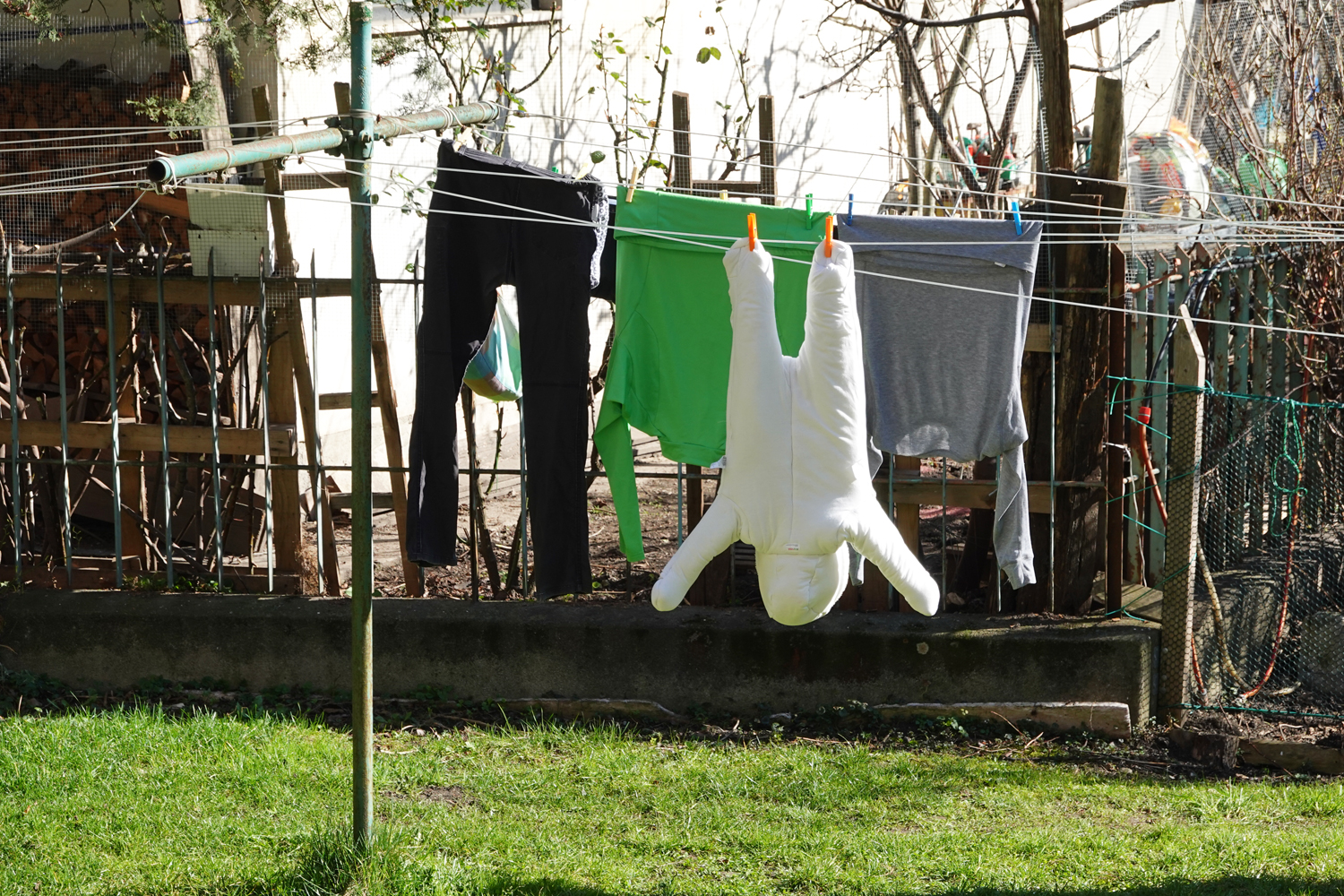by Jerry Cayford

I listened some weeks ago to a terrific discussion between Ezra Klein and Fareed Zakaria. And it really was terrific. They were both at the top of their game, doing a certain thing at a very high level. Still, I have a slight bias against both these guys, and complicated feelings about what they do so well. My pleasure in their intelligence was tinged with frustration that they aren’t better, and with a slight melancholy about the path not taken. Critique mixed with autobiography. I was supposed to be them.
I knew early on that my father did not aspire for me to be president, like other boys’ fathers did, but rather to be the president’s closest adviser. I was supposed to grow up to be McGeorge Bundy—to pick a name from when I was first imbibing this career plan—I was supposed to become Jake Sullivan, to pick someone recent. And if I did not make it quite that close to the seat of power, well, I was still supposed to be Ezra Klein or Fareed Zakaria or some other talented policy analyst, saving the world through the practice of intellectual excellence.
What Klein and Zakaria practice are “the critical and analytical skills so prized in America’s professional class,” to use a phrase from an article of a couple decades ago unearthed by Heather Cox Richardson—another excellent practitioner—about the Bush administration’s replacement of critical and analytical skills with faith and gut instinct. Richardson recalls a passage from that article strikingly suggestive of Donald Trump’s current administration:
These days, I keep coming back to the quotation recorded by journalist Ron Suskind in a New York Times Magazine article in 2004. A senior advisor to President George W. Bush told Suskind that people like Suskind lived in “the reality-based community”: they believed people could find solutions based on their observations and careful study of discernible reality. But, the aide continued, such a worldview was obsolete. “That’s not the way the world really works anymore…. We are an empire now, and when we act, we create our own reality. And while you’re studying that reality—judiciously, as you will—we’ll act again, creating other new realities, which you can study too, and that’s how things will sort out. We’re history’s actors…and you, all of you, will be left to just study what we do.”
In our era of conspiracy theories, fake news, and relentless lies, this rejection of the “reality-based community” sounds like a conservative confession of contempt for truth. It is easy to mock, and both Suskind and Richardson don’t hold back.
And yet, beneath the Bush official’s unfortunate phrasing is a point that is basically right. Read more »


 On a hot summer evening in Baltimore last year, the daylight still washing over the city, I sat on my front porch, drinking a beer with a friend. Not many people passed by. Most who did were either walking a dog or making their way to the corner tavern. And then an increasingly rare sight in modern America unfolded. Two boys, perhaps ages 8 and 10, cruised past us on a bike they were sharing. The older boy stood and pedaled while the younger sat behind him.
On a hot summer evening in Baltimore last year, the daylight still washing over the city, I sat on my front porch, drinking a beer with a friend. Not many people passed by. Most who did were either walking a dog or making their way to the corner tavern. And then an increasingly rare sight in modern America unfolded. Two boys, perhaps ages 8 and 10, cruised past us on a bike they were sharing. The older boy stood and pedaled while the younger sat behind him.

 If I were asked to name the creed in which I was raised, the ideology that presented itself to me in the garb of nature, I would proceed by elimination. It wasn’t Judaism, although my father’s parents were orthodox Jewish immigrants from the Czarist Pale, and we celebrated Passover with them as long as we lived in Montreal. It certainly wasn’t Christianity, despite my maternal grandparents’ birth in protestant regions of the German-speaking world; and it wasn’t the Communism Franz and Eva initially espoused in their new Canadian home, until the Molotov-Ribbentrop Pact put an end to their fellow traveling in 1939. Nor can I claim our tribal allegiance to have been to psychoanalysis, my mother’s professional and personal access to secular Jewish culture, although most of my relatives have had some contact, whether fleeting or intensive, paid or paying, with psychotherapy—since the legitimate objections raised by many of them to the limits of classical Freudian theory prevent it from serving wholesale as our ancestral faith, no matter the extent to which a belief in depth psychology and the foundational importance of psychosexual development informs our discussions of family dynamics.
If I were asked to name the creed in which I was raised, the ideology that presented itself to me in the garb of nature, I would proceed by elimination. It wasn’t Judaism, although my father’s parents were orthodox Jewish immigrants from the Czarist Pale, and we celebrated Passover with them as long as we lived in Montreal. It certainly wasn’t Christianity, despite my maternal grandparents’ birth in protestant regions of the German-speaking world; and it wasn’t the Communism Franz and Eva initially espoused in their new Canadian home, until the Molotov-Ribbentrop Pact put an end to their fellow traveling in 1939. Nor can I claim our tribal allegiance to have been to psychoanalysis, my mother’s professional and personal access to secular Jewish culture, although most of my relatives have had some contact, whether fleeting or intensive, paid or paying, with psychotherapy—since the legitimate objections raised by many of them to the limits of classical Freudian theory prevent it from serving wholesale as our ancestral faith, no matter the extent to which a belief in depth psychology and the foundational importance of psychosexual development informs our discussions of family dynamics. About 45 years ago, psychiatrist Irvin Yalom estimated that a good 30-50% of all cases of depression might actually be a crisis of meaninglessness, an
About 45 years ago, psychiatrist Irvin Yalom estimated that a good 30-50% of all cases of depression might actually be a crisis of meaninglessness, an  Sughra Raza. Aerial composition, March, 2025.
Sughra Raza. Aerial composition, March, 2025.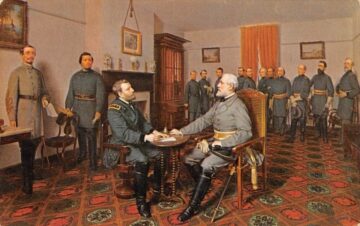

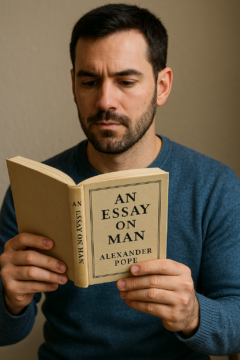

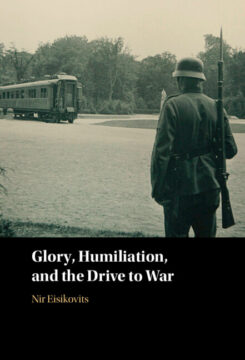 Why do we fight? That question has been asked by so many in the history of mankind: philosophers, psychologists, anthropologists, historians, sociologists, political theorists have come up over and over again with explanations as to why humans fight.
Why do we fight? That question has been asked by so many in the history of mankind: philosophers, psychologists, anthropologists, historians, sociologists, political theorists have come up over and over again with explanations as to why humans fight.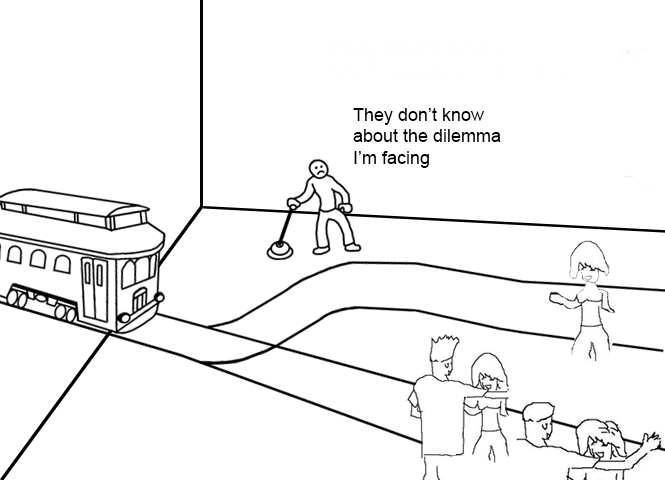
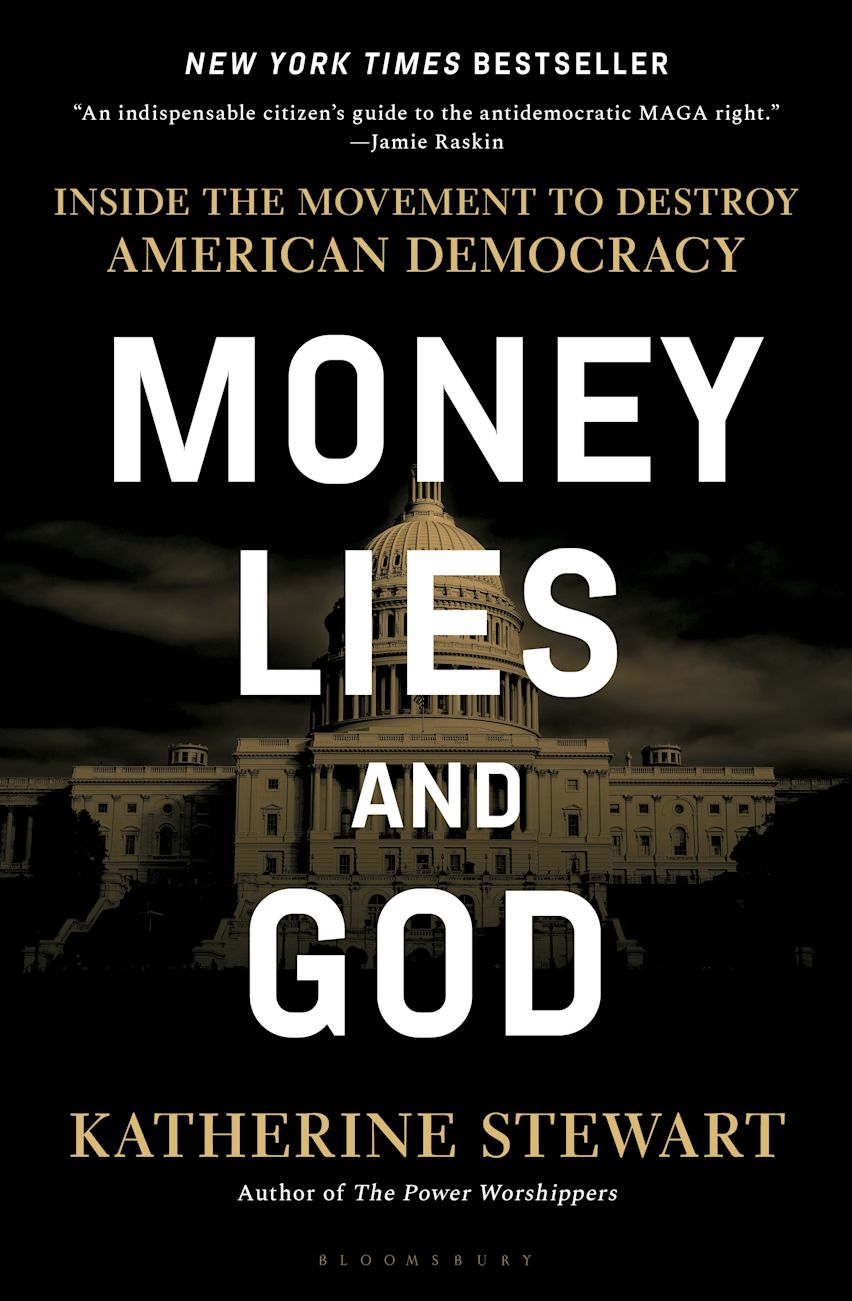

 “In bardo again,” I text a friend, meaning I’m at the Dallas airport, en route to JFK. I can’t remember now who came up with it first, but it fits. Neither of us are even Buddhist, yet we are Buddhist-adjacent, that in-between place. Though purgatories are not just in-between places, but also places in themselves.
“In bardo again,” I text a friend, meaning I’m at the Dallas airport, en route to JFK. I can’t remember now who came up with it first, but it fits. Neither of us are even Buddhist, yet we are Buddhist-adjacent, that in-between place. Though purgatories are not just in-between places, but also places in themselves.